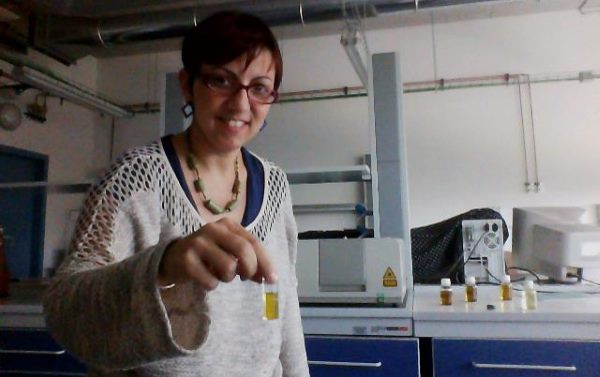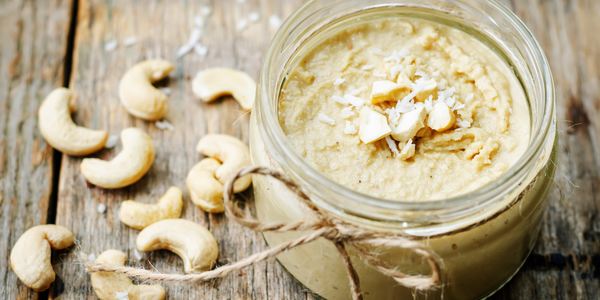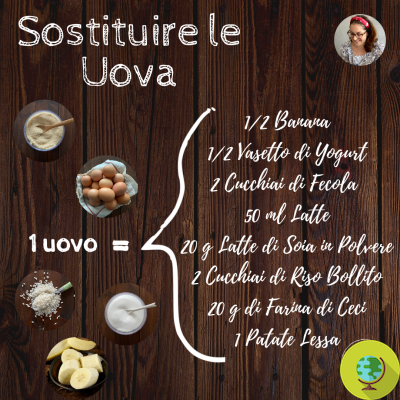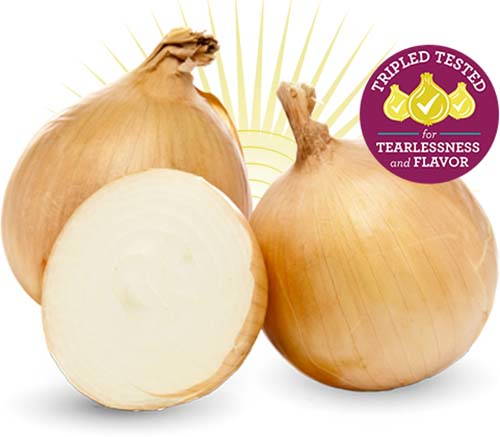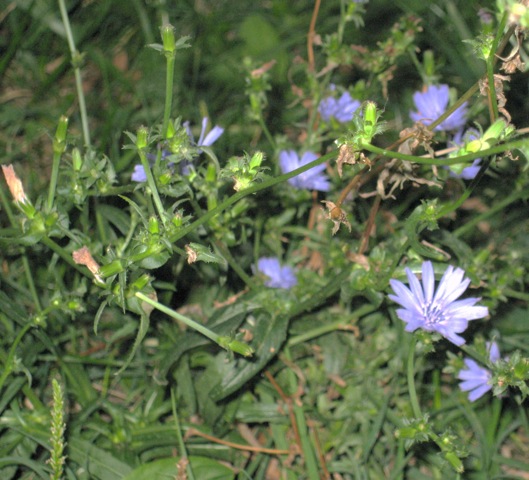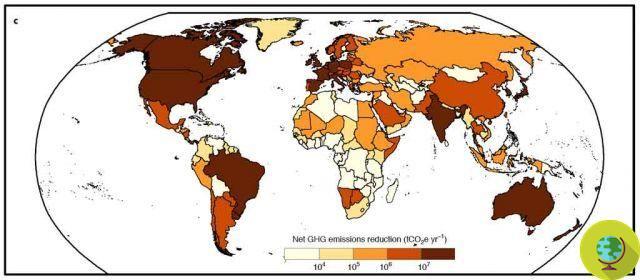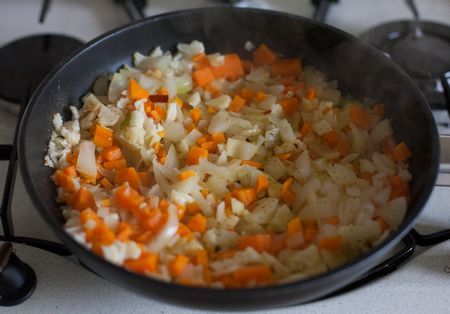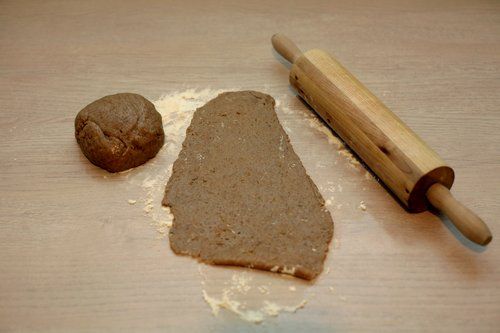From simple weed to food of the future. We are talking about amaranth, which in the past represented a real treasure for the Incas, but which for centuries has been forgotten. The cultivation of amaranth has been rediscovered recently and some have called it the new quinoa.
Don't store avocado like this: it's dangerousFrom simple weed a food of the future. Let's talk aboutamaranth, which in the past represented a real treasure for the Incas, but which has been forgotten for centuries. The cultivation of amaranth has been rediscovered recently and some have defined it the new quinoa.
Amaranth continues to threaten corn and soybean farmers in the United States. Normally these are GMO products. According to the latest data, even a moderate infestation of amaranth, can steal from farmers up to two thirds of the corn or soybean crop.
This means that amaranth reconfirms itself as enemy of intensive and GMO crops. Up until now, industrial agriculture has gone to great lengths to combat weeds in recent decades. But in reality amaranth is not just a weed. It's a truly valuable food resource.
READ also: Amaranth, the treasure of the Incas against GMOs Monsanto
The development of such a strong resistance of amaranth to herbicides is due to their massive use on GM crops developed so as not to be damaged by these products. According to experts, this will lead to a increasingly strong use of herbicides, especially with regard to GM crops.
In addition, this pushes farmers to use invasive techniques to eliminate weeds, which can cause soil erosion, and to dust off the powerful herbicides they used decades ago. In the US, GM corn and soybean growers are awaiting approval of new, even more potent herbicides produced by Monsanto and Dow to combat amaranth and other "weeds" infestations.
From the point of view of GM farmers, amaranth is a serious danger to soybean and corn crops. But what if we try to reverse the situation and look on the bright side? Amaranth grows spontaneously, it is easy to grow, resists drought and climate change, is rich in useful nutrients and is gluten-free.
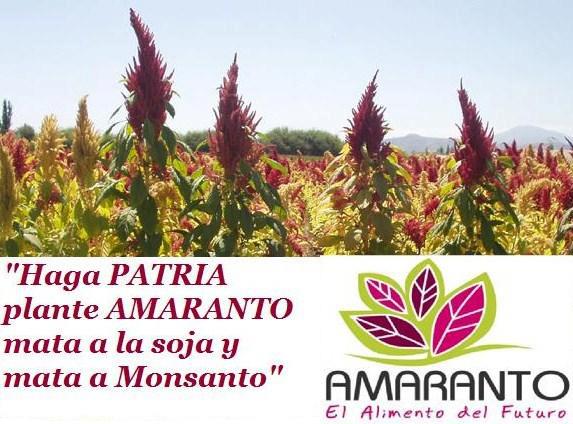
Instead of fighting weeds, farmers could exploit them as new foods to grow, dedicating a real harvest to them. Nothing is thrown away from amaranth: both the leaves and seeds are traditionally consumed. The preparation of amaranth grains takes place as for rice, quinoa and grains in general.
As early as 1977 an article published in Science had defined amaranth as the cultivation of the future and for some years we can find it on the shelves of organic products shops and some supermarkets. Amaranth is now also known as the treasure of the Incas capable of defeating Monsanto GMOs and resisting the Roundup, one of the herbicides considered to be the most harmful. It is therefore time that agriculture reconsider its priorities.
Marta Albè
Read also:
Amaranth: how it is grown, uses and where to find it
Amaranth: the "cereal" of the Incas and Aztecs








